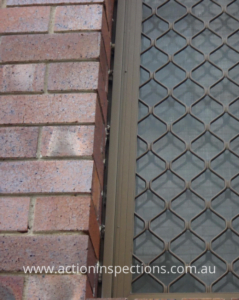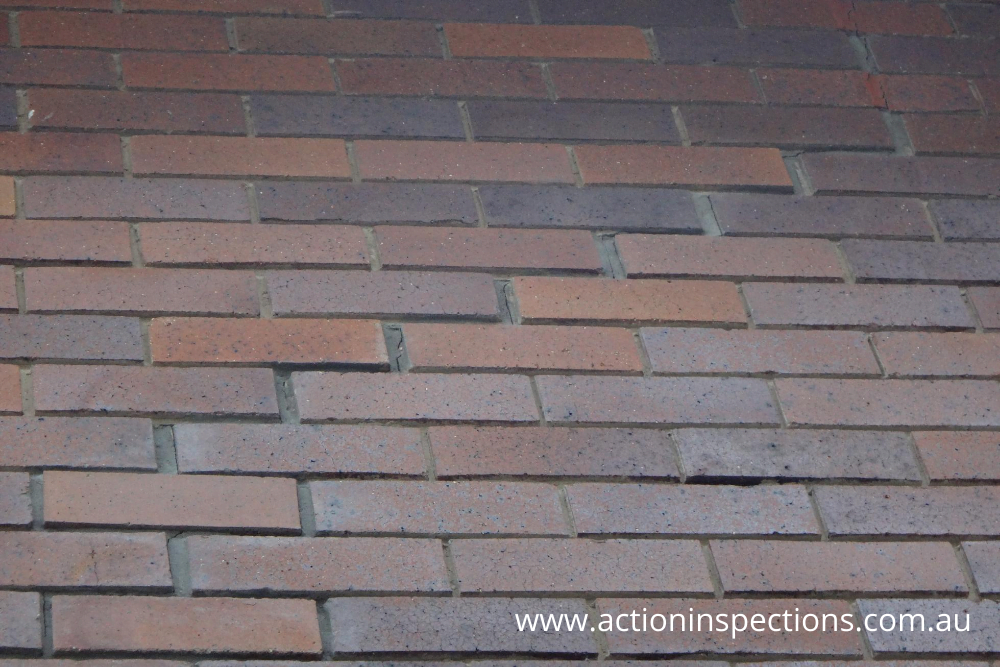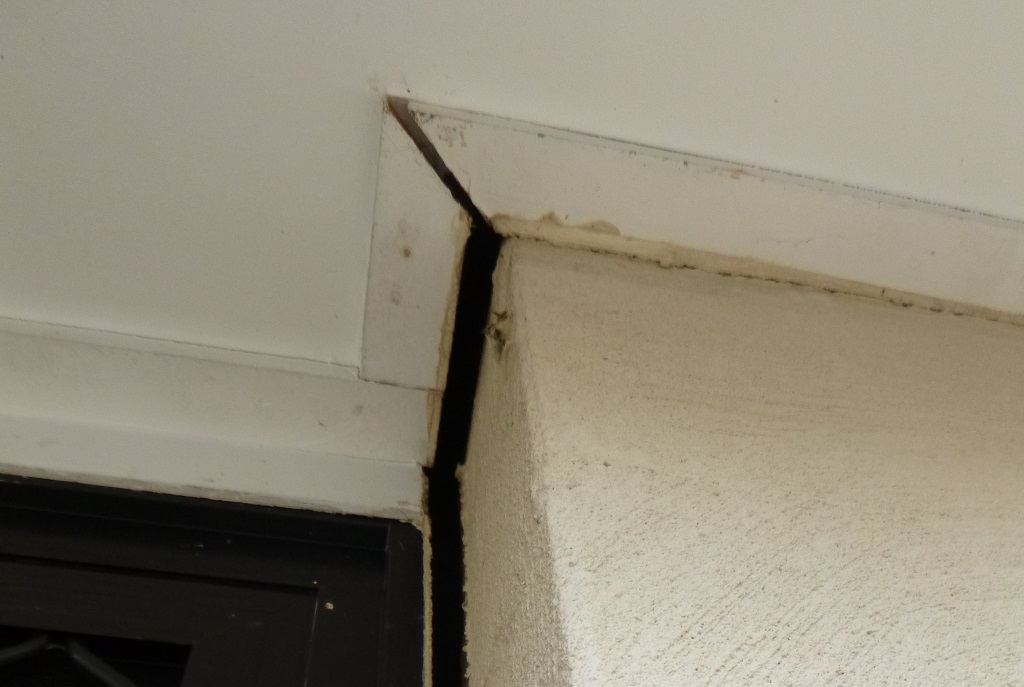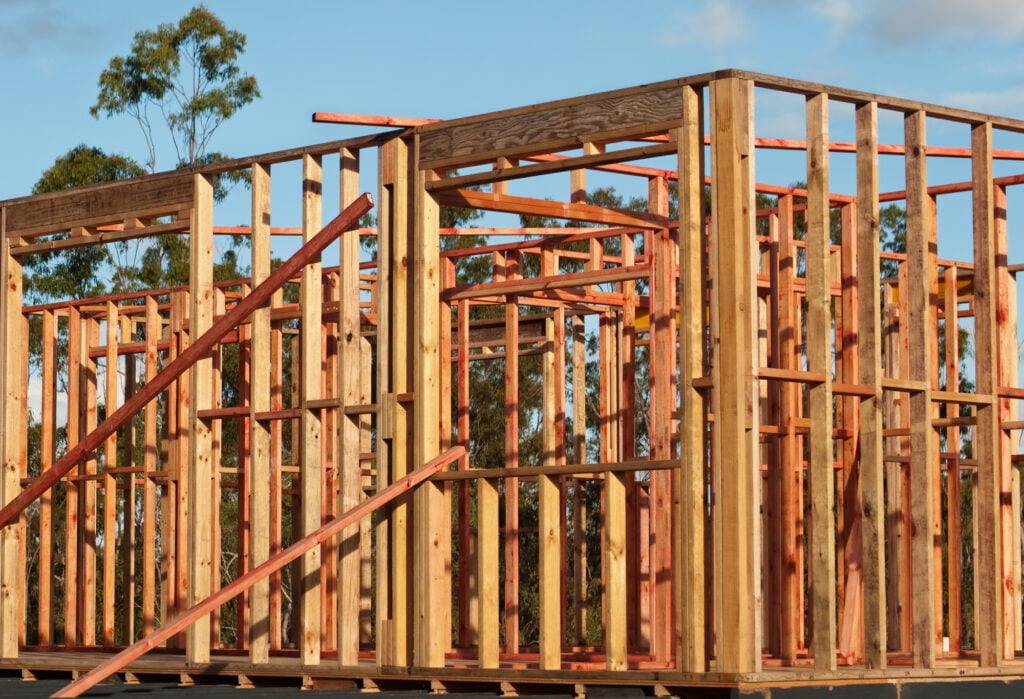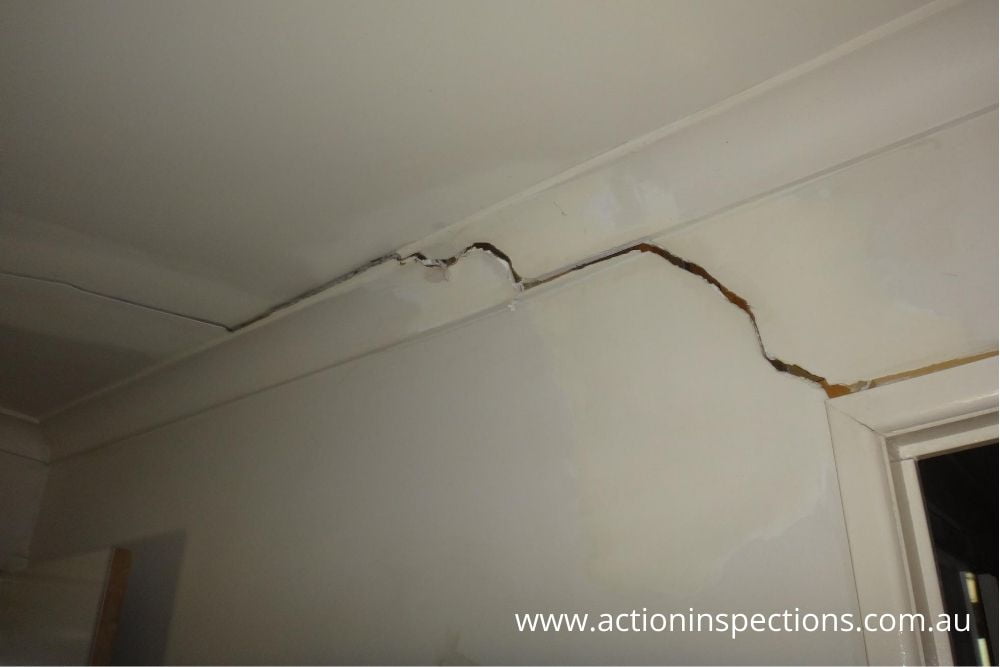On a recent walk around your house you have just discovered that those tiny hairline cracks in your brickwork have suddenly become more significant. Now before you panic, take a deep breath and contact a good structural engineer. Not every house crack spells disaster and financial ruin.
The Engineer’s Findings
Firstly the engineer will assess the level of cracking to determine whether it is purely cosmetic or whether there is need for rectification. If there is the need for rectification he will more than likely recommend a soil test be undertaken to determine the type of foundations that lie under your house. After the engineer has received the soil test results they will present you with a report that outlines the best method of monitoring and rectification. The report will outline some of the principal causes contributing to the cracking and subsidence. This could be one singular item such as poorly engineered footing design or it could be a combination of issues such as tree root activity and poor drainage etc. The method of rectification to prevent further cracking or subsidence could be inexpensive or unfortunately very costly depending on the cause of the cracking and subsidence. For example, large trees in close proximity to the house combined with a lack of drainage will contribute to subsidence. The rectification may simply be the removal of the offending tree and the installation of additional drainage. This could potentially, for round figures be approximately $2000 for the removal of a large tree and additional $5000 to install additional allotment drainage. Not cheap but nowhere near as expensive as underpinning. If you are unlucky and the subsidence is due to under engineered footings or allotment subsidence, the best method of rectification may be underpinning. The cost for underpinning can vary wildly depending on access around the house the size and depth of underpins etc. For example on a recent inspection undertaken in the Brisbane suburb of Seventeen Mile Rocks the cost of each individual underpin was approximately $2400. Multiply that by the number of pins required and suddenly they had an underpinning repair cost of nearly $30,000. In this instance, given the level of movement, I thought that price was actually relatively cheap. The long-term cost of not undertaking the repair works would however have been far more significant. If further deterioration was allowed to occur it would be hard to imagine anyone willing to purchase the house in the future. It would have been a house knock down and a land value sale only.
What is Underpinning
Traditional underpinning is the installation of additional steel and concrete under the existing house footings to help achieve a more stable base and support that is hopefully unlikely to move in the future. An alternative to traditional underpinning is the injection of expanding resin under an existing concrete footing to try and achieve the same result.
Building Approval
Be warned, like most industries there are always sharks out to make a quick buck. Investigate further and make sure the company you engage is adequately licensed and insured. You should also be aware that underpinning is a structural modification to the house and subsequently requires building approval.
Tell Tale Signs
